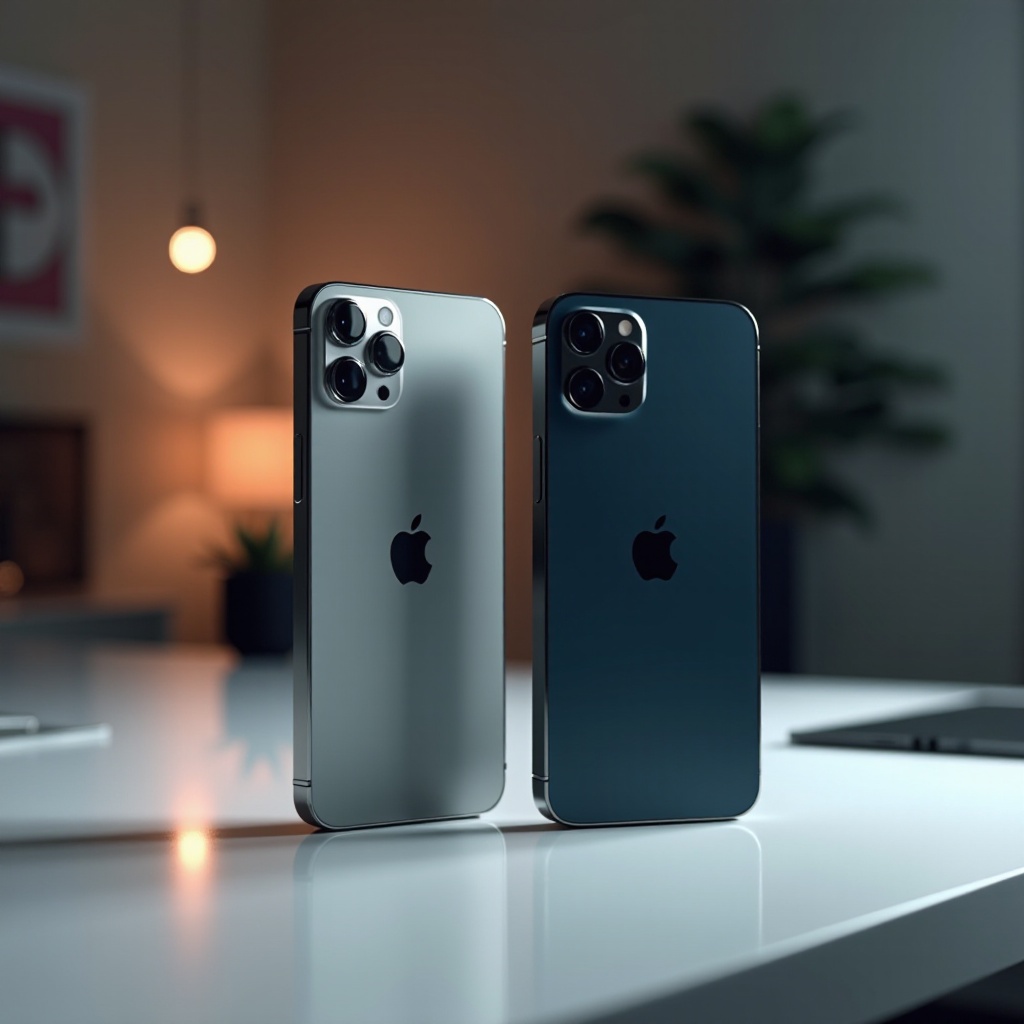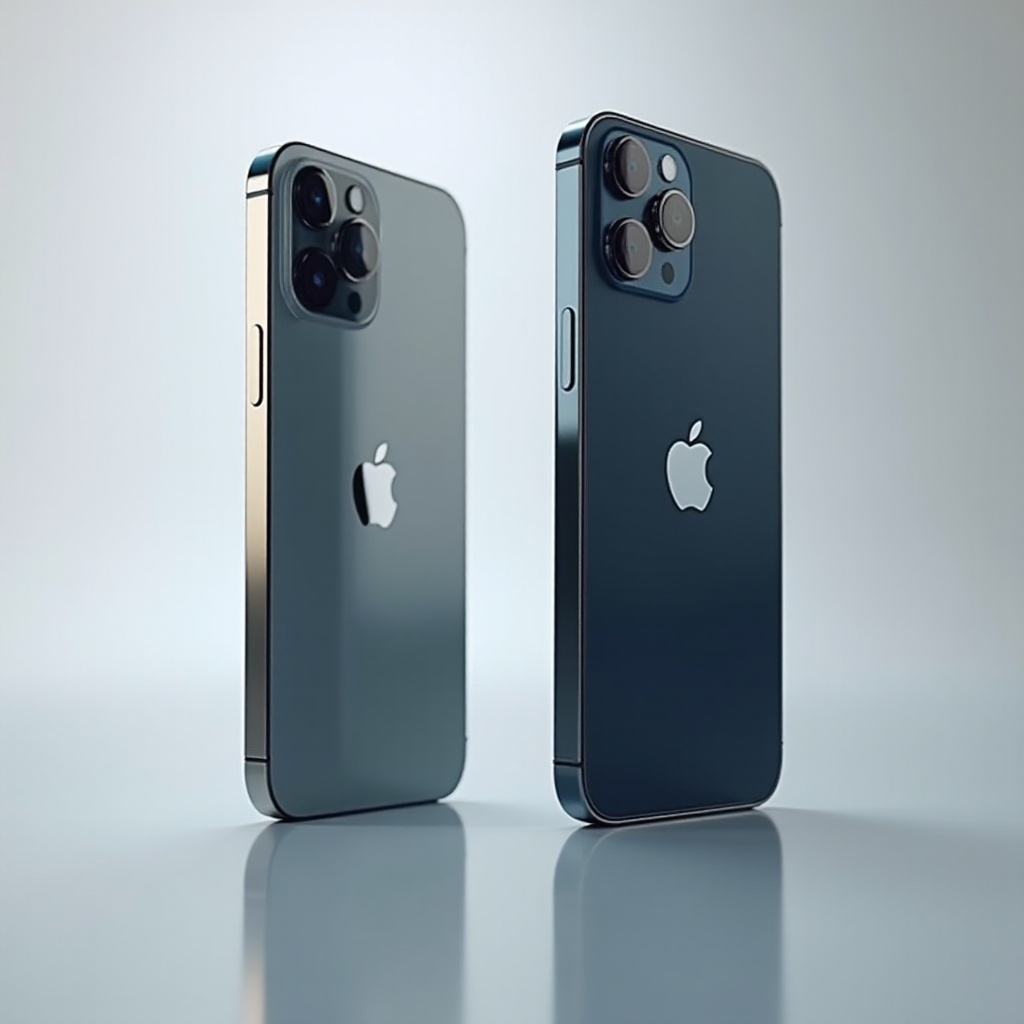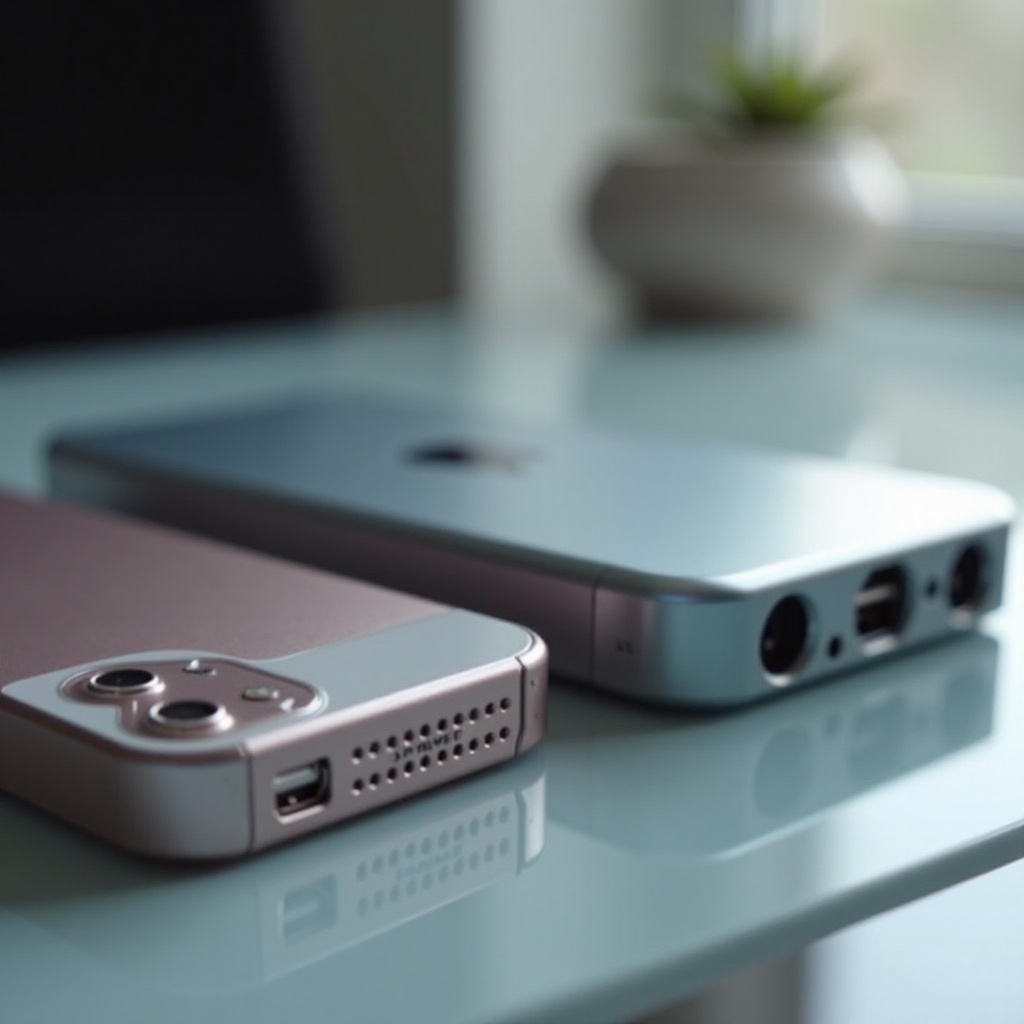Introduction
Apple continuously advances its iPhone lineup, pushing the boundaries of innovation to elevate user experience. The impending release of the iPhone 16 invites comparisons with the iPhone 14, as users seek to understand how these models differ. This guide breaks down the distinctions, aiding informed decision-making for potential upgrades or new purchases.

Design and Build Quality
The iPhone’s design can be just as pivotal to a purchasing decision as its technical features. The iPhone 14 introduced a sturdy design with an aluminum frame and glass surfaces, earning praise for its sleek aesthetics and comfortable grip. The iPhone 16 is expected to advance this design, focusing on elegance and robustness.
While maintaining a premium appearance, Apple might incorporate a titanium alloy frame for extra durability in the iPhone 16. Both versions present a variety of appealing colors, but the iPhone 16 could bring exclusive shades, attracting users seeking a fresh look.
These design changes affect not just appearance but also the tactile experience of the phone, setting the stage for an exploration of display enhancements.

Display: Advances and Enhancements
Displays are a major highlight in new iPhones, with each iteration bringing stunning visual improvements. The iPhone 14 featured a Super Retina XDR display, celebrated for its vibrant color and sharp clarity. With the iPhone 16, users can expect enhancements, likely including an increase in refresh rates for a smoother visual experience.
Rumored advancements, such as new OLED panel technology supporting superior dynamic range and peak brightness, would offer an even more immersive viewing experience. These improvements significantly enhance video and gaming appeals, providing a richer experience for users.
These display advancements complement the iPhone’s internal performance, which we’ll explore in the next section.
Performance and Processor Upgrades
Performance, powered by Apple’s custom silicon chips, is a crucial selling point for new iPhones. The iPhone 14 sported the A15 Bionic chip, known for its remarkable speed and efficiency. The iPhone 16 is anticipated to feature Apple’s next-gen A17 or A18 chip, promising even faster performance, enhanced efficiency, and superior support for demanding apps.
With these advancements, users can expect improved multitasking, faster app launches, and a seamless user experience. Tech enthusiasts relying on their phones for complex tasks or mobile gaming will find these performance enhancements particularly enticing.
As we delve into the iPhone’s advanced processing capabilities, we naturally turn our attention to camera improvements, unlocking new possibilities in imaging.
Camera System and Photography Features
The camera system continues to be a significant focus for iPhone enthusiasts and professionals. With the iPhone 14, Apple delivered substantial enhancements in low-light performance and computational photography for superior capture quality. The iPhone 16 is expected to refine these features further, potentially incorporating a larger sensor and advanced AI processing for superior image quality.
Enhancements may include improved night modes for vibrant photos in low light and the introduction of new shooting modes for creative photography. Given the rising importance of video content, users might also experience upgrades in stabilization and HDR, facilitating the production of high-quality content on the move.
Camera enhancements are deeply tied to extending the device’s usability through battery and charging innovations, which we’ll explore next.
Battery Life and Charging Innovations
Battery life is a core concern for users, particularly with feature-rich devices. The iPhone 14 improved battery management and offered fast charging capabilities. The iPhone 16 could see further advancements in battery longevity and charging technology.
Prospective innovations might include an energy-efficient battery paired with rapid charging options. Advances in wireless charging technology could also enhance convenience for users. These improvements cater to the continuous usage needed throughout the day, powering through the most demanding days with ease.
As the iPhone 16 promises efficiency in power, the software experience plays a critical role in maximizing user interaction throughout the device lifecycle.
Software Features and Integration
Each new iPhone is accompanied by software enhancements that fit perfectly within Apple’s ecosystem. The iPhone 14 provided seamless experiences with iOS updates, offering users enhanced operation and interaction with their devices. With the iPhone 16, users may find exclusive innovations that exploit its specific hardware capabilities.
Anticipated features might include advanced AR functionality or even smarter Siri integrations, embracing a more intuitive user experience. Enhanced synergy with other Apple products, like iPads or Macs, could potentially increase productivity, especially for users invested in the Apple ecosystem.
Software optimizations naturally bring about seamless connectivity and port options, paving the way for the technological advancements present in the iPhone 16.
Connectivity and Port Options
Connectivity remains vital, seamlessly connecting users with global networks and devices. The iPhone 14 supported 5G and diverse port options to ensure compatibility. The iPhone 16 will likely expand this with broader 5G band support and adherence to new wireless standards.
Potential shifts in port technology, such as adopting USB-C, could facilitate faster data transfers and charging. These features appeal to tech-savvy users who rely heavily on their phones for diverse, multifunctional capabilities.
Connectivity improvements bring us to the crucial aspect of assessing the pricing and value offered by these devices to justify an intended purchase.

Pricing and Value Assessment
Pricing remains a critical factor when selecting between the iPhone 14 and iPhone 16. The iPhone 14 was positioned as a top-tier device, offering advanced features at a distinctive price point. As innovations continue, the iPhone 16 is expected to command premium pricing marked by its cutting-edge benefits.
For potential buyers, assessing the cost against the new features and significant improvements becomes crucial. The newest iPhone might present value in features that justify its price, while the previous model could suffice for those who prefer proven functionalities over bleeding-edge technology.
Consumers will need to match their purchase decisions to their technology preferences and budget capacity.
Conclusion
Understanding the differences between the iPhone 14 and iPhone 16 can guide potential buyers toward informed decisions. The iPhone 16’s exciting advancements in performance, display, and user experience provide compelling reasons to consider an upgrade. Yet, the necessity of these features remains a personal decision, balancing innovation against cost. Through careful consideration, users can select the model best suited to enhance their digital lifestyle.
Frequently Asked Questions
Should I upgrade from iPhone 14 to iPhone 16?
Consider upgrading if you value enhanced performance, camera upgrades, and new software features.
What are the main improvements in iPhone 16 over iPhone 14?
Key improvements include a refined design, superior display technology, increased processing power, and sophisticated camera enhancements.
How does the camera of iPhone 16 compare to that of iPhone 14?
The iPhone 16 offers improved low-light performance, smarter AI processing, and potentially larger sensor capabilities for better image quality.

